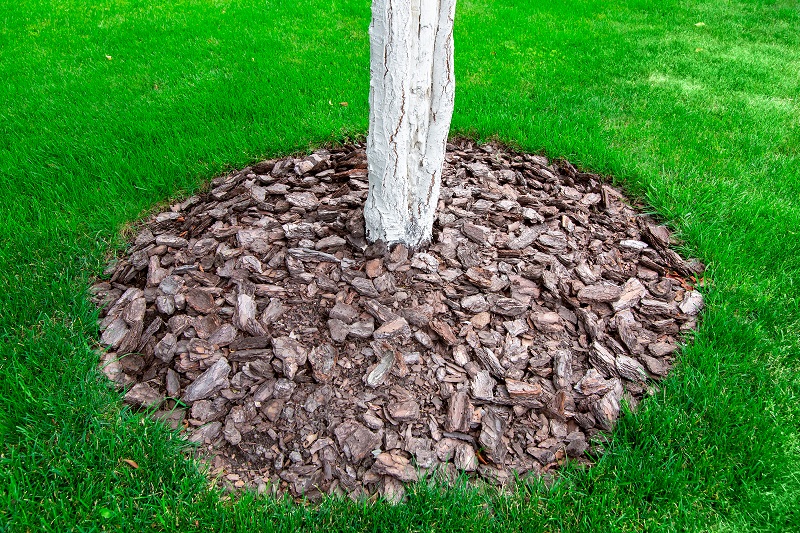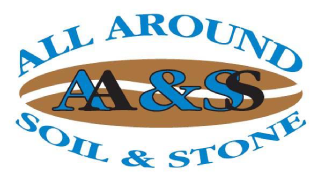Sustainable landscaping materials can help create a beautiful, water free yard. These materials range from rocks and stones to mulch, sand, and gravel. By utilizing these materials, you can create a beautiful, drought-resistant gardenscape that requires little to no watering. In this blog post, we will explore the various sustainable landscaping materials available and discuss how they can be used to create a water-free yard.
Rocks
When selecting rocks for your water free yard, consider their size, shape, and color. You can opt for large, bold stones that will stand out or choose small, uniform pebbles to create a more subtle landscape. While neutral shades are the most popular choice, you can also find rocks in a variety of hues, such as pinks, blues, and greens. Once you’ve selected the rocks you’d like to use, it’s important to take care when placing them. Make sure that they are spread evenly and securely, so they don’t shift or become unbalanced over time. Additionally, consider incorporating smaller stones or gravel between the larger rocks for a more finished look.
Whether you’re using them for decoration or for practical reasons, rocks are a great choice for your water free yard. With just a bit of planning and care, you can create a stunning landscaping display that won’t require much watering.

The correct use of natural materials can help to keep your water free yard green.
Mulch
When selecting mulch, choose organic types like wood chips or bark. These will not only conserve water but also provide essential nutrients to the soil. The thicker the layer of mulch, the better. A thick layer of mulch around 3 to 4 inches deep will provide the most benefits. Make sure to spread it out evenly over your garden beds and replace it once a year or as needed.
Sand
When selecting sand, you want to make sure it’s the right type for your project. Different types of sand have different properties that make them better or worse for certain uses. For example, some sands are too coarse and don’t provide good drainage, while others may be too fine and compact. You want to choose a sand that will provide good drainage and won’t compact easily.
Once you’ve selected the right sand for your project, you can start to use it in various ways. It can be used to create pathways and borders, as well as providing an attractive ground cover in areas where there isn’t much else growing. The finer sands can also be used in place of mulch in order to keep weeds down while still providing a low maintenance solution. If you’re looking for an easy way to create a beautiful and sustainable landscape without having to worry about watering, then sand could be the perfect solution.
Gravel
In addition to providing visual interest, gravel also works to keep down weeds and prevent soil erosion. Gravel acts as a top layer to help retain moisture in the soil while preventing water from running off and causing damage. Plus, it keeps weeds from popping up too frequently, saving you the hassle of weeding.
Even better, gravel is relatively inexpensive and easy to install. You can buy gravel in bulk at most landscaping businesses, or you can hire a professional to do the job for you. Either way, once it’s laid out, you won’t have to worry about much maintenance – just some occasional raking to keep it looking neat and tidy.
